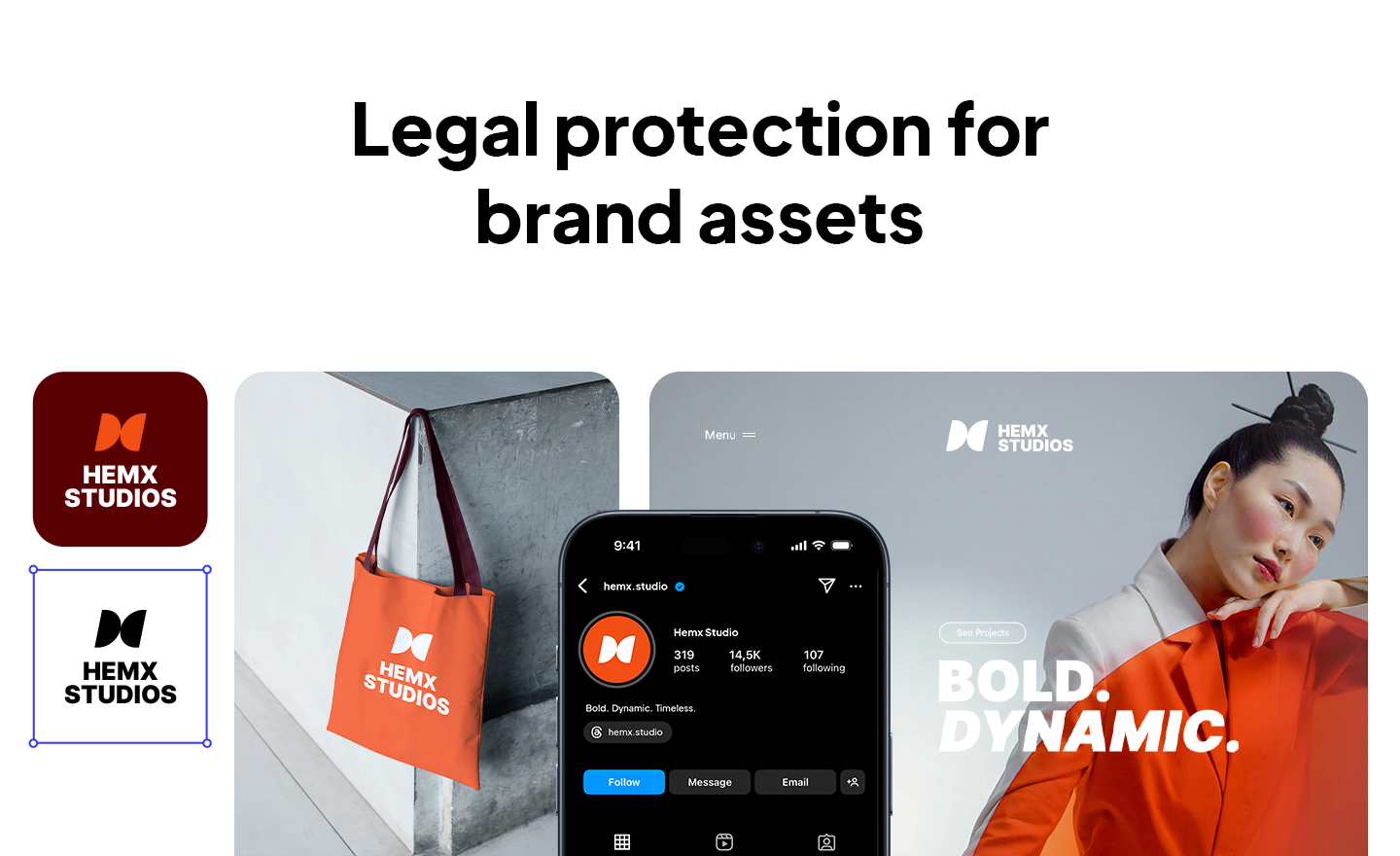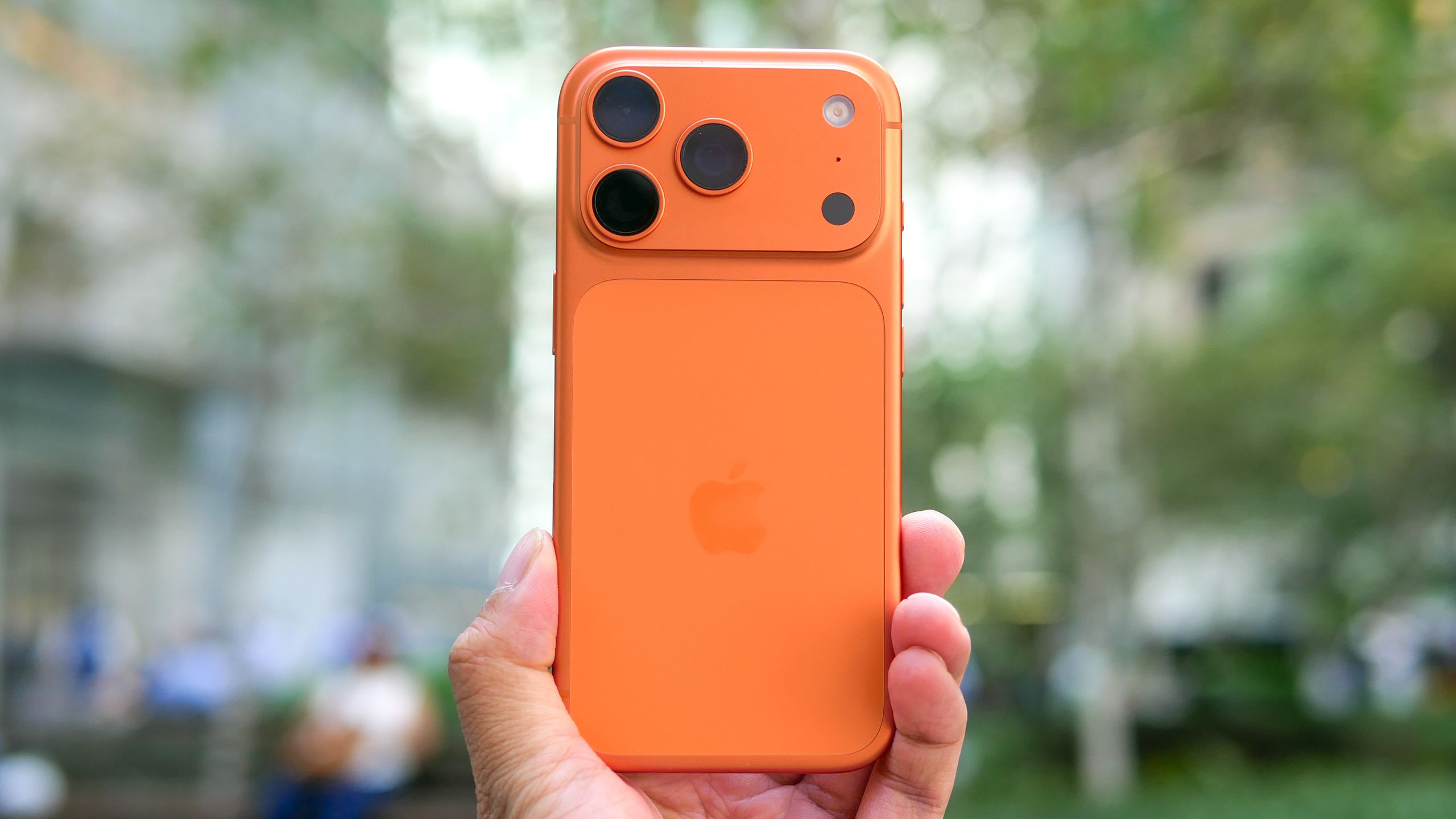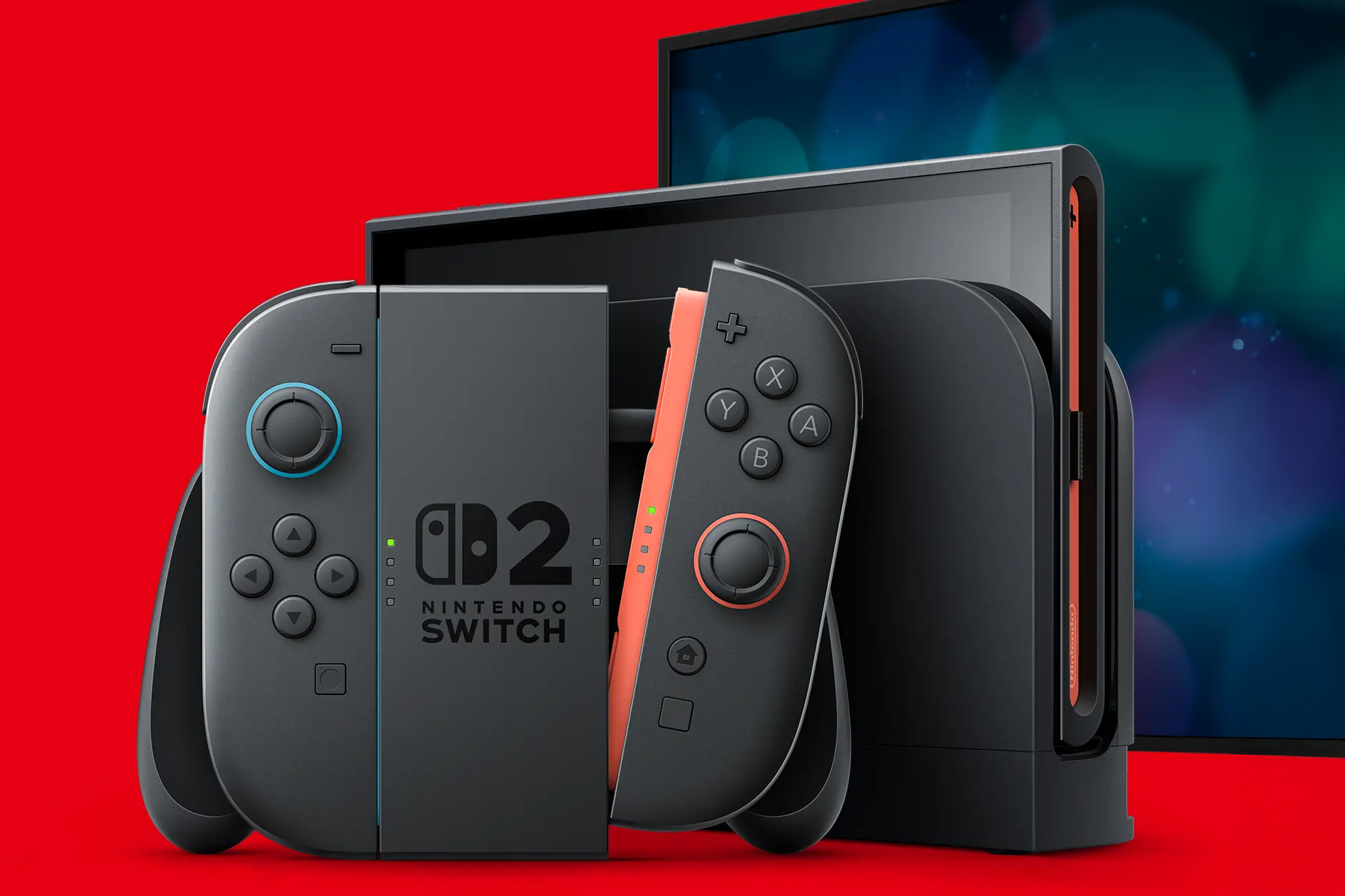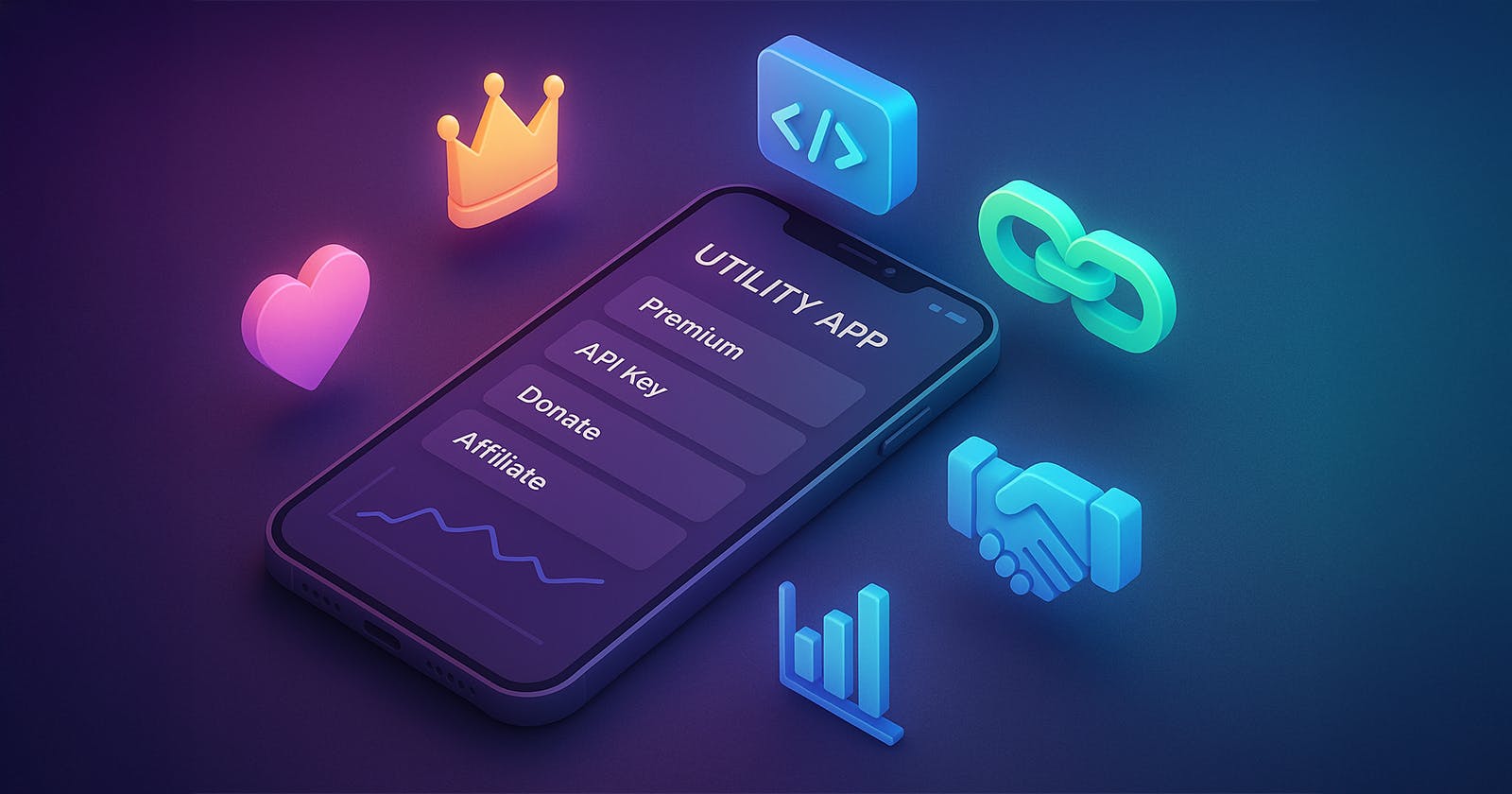Legal protection for brand assets means owning the rights, getting it registered, and watching out for cases of misuse. You’ve put real work into that logo: choose every color, tweaking every detail until it’s perfect. The last thing you need is some copycat slapping it on their website like they thought of it first.
I went deep into U.S. trademark and copyright rules, combed through Reddit threads where real small business owners shared horror stories, and read the most up-to-date legal advice. This guide is here so you can skip the confusion and go straight to protecting what’s yours.
1. Make sure you own your logo
This might sound obvious, but you’d be surprised how many people skip it. If you created the logo yourself, you automatically own the copyright (your legal right to control the creative work). That’s true in the U.S. and in many other countries.
If a designer made it for you, even if you paid them, they own the copyright unless they sign it over to you in writing. Same goes for logos bought from marketplaces or stock sites. Some stock sites even forbid using those designs as a logo unless you buy full rights.
If your logo was created with AI, it’s a bit different. In the U.S., copyright law only protects work with clear human creative input. You can still use AI as a tool, the Copyright Office accepts that, but you need to play a real creative role. That means you’re the one steering the ship: choosing the concept, tweaking colors, moving things around, making changes. The more you direct what happens, the better your chances of truly owning it.
Even with creative prompts and tweaks, you need proof you controlled the process. As legal experts from Foley & Lardner highlight:
“Document the design process to demonstrate human authorship… retain copies of drafts, prompts, modifications, sketches, notes, and any other evidence showing how the final design evolved from human input and decisions.”
That means saving early sketches, all prompt versions, edits: you’ll thank yourself if ownership is ever questioned.
Why this matters: You can’t register a trademark or sue for infringement if you don’t legally own the logo.
2. Understand the two main types of legal protection
Let’s keep this simple: there are two big tools you can use:
- Trademark: It protects your logo as a brand identifier in commerce. Think of it as your logo’s name tag in the marketplace. No one else in your industry can use something confusingly similar. In the U.S., you can have:
- Common law trademark: Automatic when you start using the logo in business, but only protects you locally.
- State trademark: Registered at your state level; protects only in that state.
- Federal trademark: Registered with the U.S. Patent and Trademark Office (USPTO); protects nationwide and is the strongest form.
- Copyright: It protects the artistic design of your logo. It’s automatic the moment you create it, but registration with the U.S. Copyright Office makes it much stronger in court.
Many businesses get both to strengthen the legal protection for brand assets. That way, you protect the look (copyright) and the market use (trademark).
3. Do a clearance search before you file
This is one of the biggest gaps I saw in Reddit discussions: people file for a trademark only to find out later that someone else already owns something similar. That’s an expensive mistake. Before you invest in signs, packaging, or websites:
- Search the USPTO TESS database for similar marks.
- Search your state’s trademark database.
- Do a Google and social media search to catch unregistered “common law” uses.
Some lawyers offer a “knockout search” for $500-$1,000. It’s cheaper than rebranding and fighting a legal battle.
If you plan to sell internationally, look at trademark databases in your target countries or use the Madrid System (international trademark protection system) to file in multiple countries at once.
4. Register your protection
| Requirement | Trademark | Copyright |
| How to Apply | Apply through the USPTO | File online at copyright.gov |
| What You’ll Need |
Clear image of your logo Description of goods/services Proof it’s in use or an “intent-to-use” application if not launched yet |
– Logo file (JPG, PNG, or PDF) |
| Cost (U.S.) | $250–$350 per goods/service class | $45–$65 |
| Symbols You Can Use |
™ or SM, for unregistered marks (products or services) ®, only after registration |
©, copyright notice (best placed in small text on materials containing your logo, not directly on the logo art) |
5. Monitor and enforce your rights
A trademark isn’t a “set it and forget it” deal, you have to watch for misuse. Here are some low-cost ways to monitor:
- Set Google Alerts for your brand name.
- Use reverse image search tools to find copies of your logo online.
- Periodically search the USPTO database for similar new applications.
If you find infringement, start with a cease-and-desist letter. It’s a formal legal notice that demands from the other party to stop using your name, logo, or any other brand asset. Sometimes that’s all it takes. When it’s misused online, there are options to report through marketplaces (Amazon Brand Registry, eBay, Etsy) or platforms like Instagram. For serious cases, talk to an attorney about a lawsuit.
Renewals:
- Federal trademark: file a Declaration of Use between years 5-6, then renew every 10 years.
- Copyright: lasts for your lifetime + 70 years in the U.S.
Creating brand assets in 2025 (and protecting them)
Even though you’re probably thinking about legal protection for brand assets, some of you might not have all of them yet. You might still be working on your logo, planning a rebrand, or building your brand identity from scratch. Either way, the moment those assets exist, you’ll need to protect them.
Today, AI tools make it much faster, and much more affordable, to create a complete brand kit without hiring a designer. One example is the 10Web Branding Kit (free), which is built to keep you in the creative driver’s seat. This matters because, as we covered earlier, U.S. copyright law is more likely to protect your logo if a human plays a significant role in its creation.
Here’s how it works:
- You give the AI your full creative concept: the style, colors, tone, and overall vision in your own words.
- AI generates logo options based on your prompt.
- You choose the one that is right, refine the style, choose your color themes from the suggested options, and adjust until it matches your vision. You’re actively shaping the final design.
In this process, AI is just a tool. You are the creator. By taking the lead in making creative decisions, you strengthen your claim to copyright protection in the U.S. Once your kit is ready, you can download your logo along with all the extras: slogans, favicon, social media layouts, website templates, everything you need to launch your brand.
The advantage is that you avoid the cost and paperwork of transferring rights from a third-party designer because the creative ownership is already yours. Just like with any logo or asset, once you’ve created it, you can follow the steps in this guide to register and protect it before you go public.
Wrap-up
Legal protection for brand assets comes down to one thing: don’t let others steal what you’ve worked for. Get your name out there, watch for knockoffs, file the paperwork, and keep your eyes open.
Just getting started? Build something worth protecting first: use tools like the 10Web Branding Kit to create your brand, then make it legally yours before someone else tries to.
FAQ: Quick answers to common questions
Can I trademark my logo and name together?
Yes, one application covers the combo, but there’s a minor thing to pay attention to: if you trademark them together, they get protected only as a pair, not separately.
How long does it take to trademark a logo?
Officially, it’s 8-12 months in the U.S., depending on USPTO workload and any issues along the way. Redditors who’ve been through the princess support this.
What if someone uses my logo in another country?
Your U.S. trademark won’t help you there. You’ll need to register internationally through the Madrid System or file country by country.
What happens if I don’t renew my trademark?
You lose legal protection for brand assets. Game over. Anyone, including your competitors, can swoop in and use it.
Do I need both copyright and trademark?
Not always, but many brand owners get both for full coverage: one protects the art, the other protects its use in commerce.











